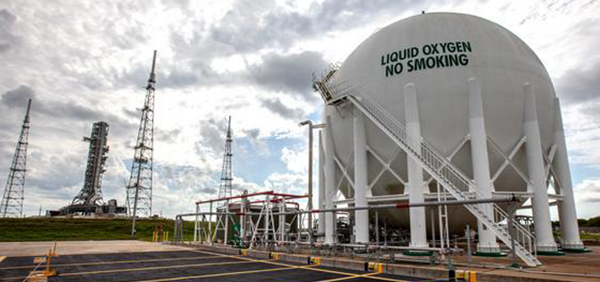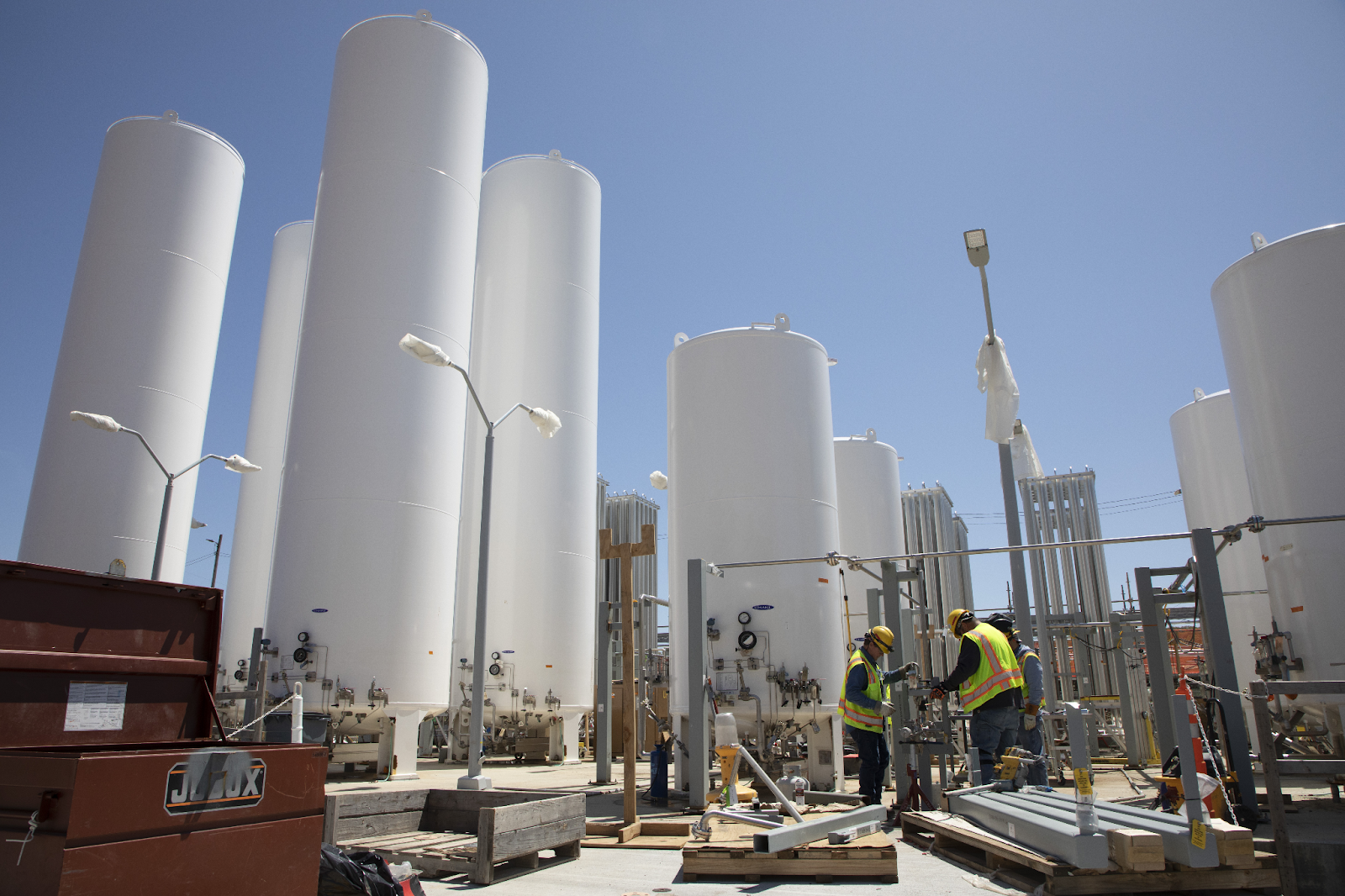17.4 American Society of Mechanical Engineers (ASME) Boiler and Pressure Vessel Code
David Colameco, M.Ed.
Development of ASME Standards
The ASME was founded in 1880 and original meetings of the society discussed tools, machine parts, and uniform work practices. ASME created a Boiler Testing Code in 1884, which developed into the Boiler and Pressure Vessel Code (BPVC) in 1915. The publishing of the BPVC was important to creating uniform standards for boiler fabrication, especially considering that there were regularly occurring fatal boiler explosions prior to and around the time of its publication. States and the federal government adopted the codes, which made them required by law.
Similar to AWS Standards, ASME standards are also developed based on a consensus approach of voting committee members who are experts in their fields. Members come from industry, research, and government. Committees and standards have processes in place that allow those in the welding field with questions and comments to address the committee both in writing and in person. Generally, if you send in a written inquiry to a committee, you should attend the committee meeting in which your question will be discussed. This allows the committee an opportunity to ask you any questions they may have about your question, which will likely increase the chances you will get a more meaningful answer.
Basics of the ASME BPVC Section IX Standard
The ASME BPVC is a multi-section code that addresses the fabrication of boilers and pressure vessels. Additional ASME codes, such as B31.1 Power Piping, and B31.3 Process Piping are codes that govern the fabrication of piping systems that are attached to the boilers or pressure vessels.
As a side note, these fabrications are very cool and you are encouraged to ask your instructor or career office about welding and fabrication opportunities of boilers, pressure vessels, and associated piping in your area if you are interested. Keywords to search for these types of job opportunities are boilermaker, pipefitter, steamfitter, and BPVC Section IX, to name a few. You can also perform an internet search for jobs and videos to learn more about those career opportunities..
The ASME BPVC was developed to cover these topics:
- Section I: Rules for Construction of Power Boilers
- Section II: Materials
- Section III: Rules for Construction of Nuclear Facility Components
- Section IV: Rules for Construction of Heating Boilers
- Section V: Nondestructive Examination
- Section VI: Recommended Rules for Care and Operation of Heating Boilers
- Section VII: Recommended Guidelines for the Care of Power Boilers
- Section VIII: Rules for Construction of Pressure Vessels
- Section IX: Welding, Brazing, and Fusing Qualifications
- Section X: Fiber Reinforced Plastic Pressure Vessels
- Section XI: Rules for Inservice Inspection of Nuclear Power Plant Components
- Section XII: Rules for Construction and Continued Service of Transport Tanks
- Section XIII: Rules for Overpressure Protection
A large difference between ASME codes and AWS standards is in how they are organized. AWS standards focus on welding of materials and their applications; the ASME BPVC has worked to move welding to one single section, Section IX, while the other sections defer it for welding content. This lessens the burden of each section’s committee having to create potentially different and even conflicting welding requirements and allows for improvements in welding requirements to be applied across all sections and other ASME codes that reference Section IX. For instance, Section VIII can modify the requirements of Section IX if needed within its own content. In ASME language, there is Section IX and the other sections and codes, such as B31.1 Pressure Piping, are referred to as construction codes.
As a welder this means that you can qualify to Section IX and then weld fabrications that are governed by ASME codes that refer to Section IX for welder and welding operator qualifications.
Uses of the ASME BPVC Section IX Standard in Industry Today
Each ASME construction code, such as the sections of the BPVC listed above and other codes that reference Section IX, have an introduction section that lists the scope of the code. These scopes can be lengthy, and a full discussion of what fabrication types and in-service conditions fall under which construction code is well beyond the scope of this introductory book. If we had to generalize on pressures, a pressure vessel is a container which is designed to safely contain its contents at pressures of 15 psi or higher. There are also considerations for operating temperatures and application, but again that is beyond the scope of this course.
While AWS is generally more prescriptive for how to fabricate to ensure safety, the ASME construction codes contain the equations and requirements for safety and allow the designer and owner freedom in getting to a finalized fabrication. It is generally the fabrication owner’s responsibility to approve the design and construction of the pressure vessel, boiler, and piping.

In addition to the BPVC, the ASME B31.1 Power Piping Code is generally applied to the following list of piping applications as described in the code’s introduction:
- electric power generating stations
- industrial and institutional plants
- geothermal heating systems
- central and district heating and cooling systems

The B31.1 Process Piping code contains the following list of piping applications where that code is applied:
- petroleum refineries
- onshore and offshore petroleum and natural gas production facilities
- chemical plants
- pharmaceutical plants
- textile plants
- paper plants
- ore-processing plants
- semiconductor plants
- cryogenic plants
- food and beverage processing facilities
- food and beverage related processing plants and terminals
Your welding career can go in so many different directions over your lifetime. Only you know what sparks an interest within yourself. If fabricating, installing, or maintaining any of the listed places where pipes are used interests you, you can do an internet search for related career opportunities.
Everyone’s welding career is different and your instructors and career office can only provide you with the limited information they have about the vast world of welding, making it vitally important for you to explore and become familiar with the opportunities that exist. If you are reading this and saying to yourself that you have no idea what you want to do, then it is all the more important to take some time to explore, because once you find something cool that grabs your interest it changes everything by giving you additional purpose while learning to weld or learning new welding skills.
Getting Qualified to the ASME BPVC Section IX Standard
There are generally two ways to qualify to ASME Section IX (see Article III of Section IX). A more common route is that a welder can pass the qualification tests for the welding processes that the organization has its welders or welding operators perform for production welding. A less common way but still a possibility is if the welder or welding operator qualifies for a WPS that other welders or welding operators use for testing; then that welder or welding operator is qualified to weld that process in accordance with the WPS.
Similar to the AWS test positions shown for groove welds in Figure 17.12 and fillet welds in Figure 17.13, ASME Section IX qualification involves the same positions for the AWS test for groove welds (shown in Figure 17.12) and fillet welds (shown in Figure 17.13). Section IX lists the thickness ranges that welders and welding operators will be qualified to weld based upon the test material thickness they qualified on.
Like AWS, ASME puts filler metals into groups. ASME BPVC Section IX groups materials according to P-numbers and filler materials based upon F-numbers. For AWS and ASME, these groupings enable WPSs for welder and welding operator qualification and for production welding to qualify the welder and welding operator for similar base metals and filler metals to the ones used for qualification. If this wasn’t the case, then welders would have qualified for every change in base material and filler material from the WPSs they are qualified for.
It is important to note that ASME has essential welding variables in addition to base and filler material numbers that determine if a welder’s qualifications are applicable to a particular production weld.
Similar to AWS, upon passage welders remain qualified unless it has been six months or longer since they have welded in the process, or if there is a question of the welder or welding operator’s ability to weld (see ASME BPVC Section IX, Article III, Paragraph QW-322).
Attributions
- Figure 17.16: OSMA Promotes Development of NASGRO® Software for Use on Ground-Based Pressure Systems by National Aeronautics and Space Administration, Office of Safety and Mission Assurance in the Public Domain; United States government work
- Figure 17.17: Process Support Facilities Process Gas Yard piping installation by Y-12 National Security Complex in the Public Domain; United States government work

